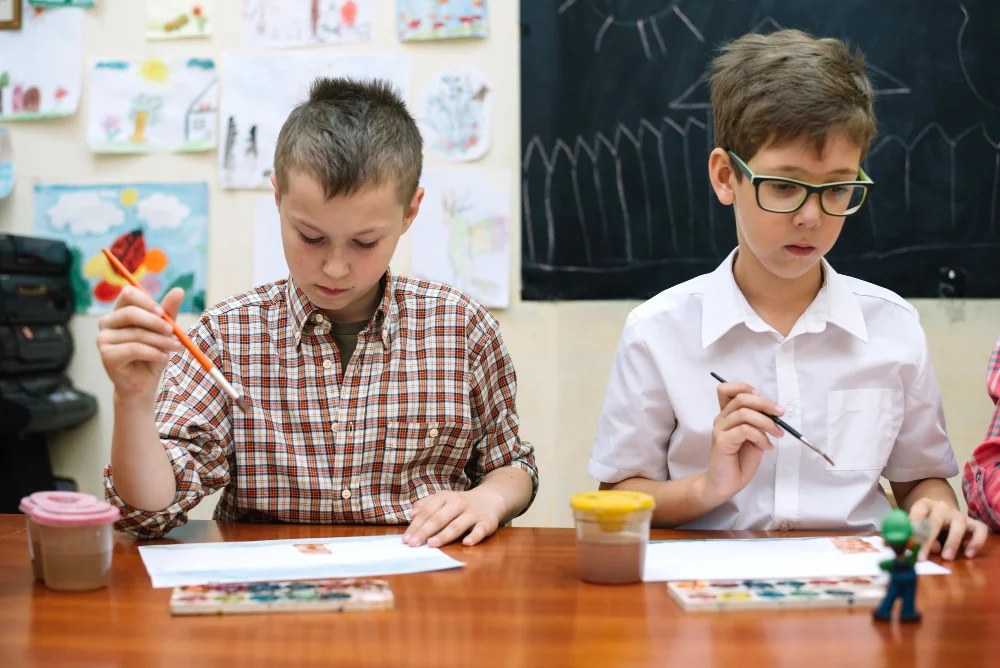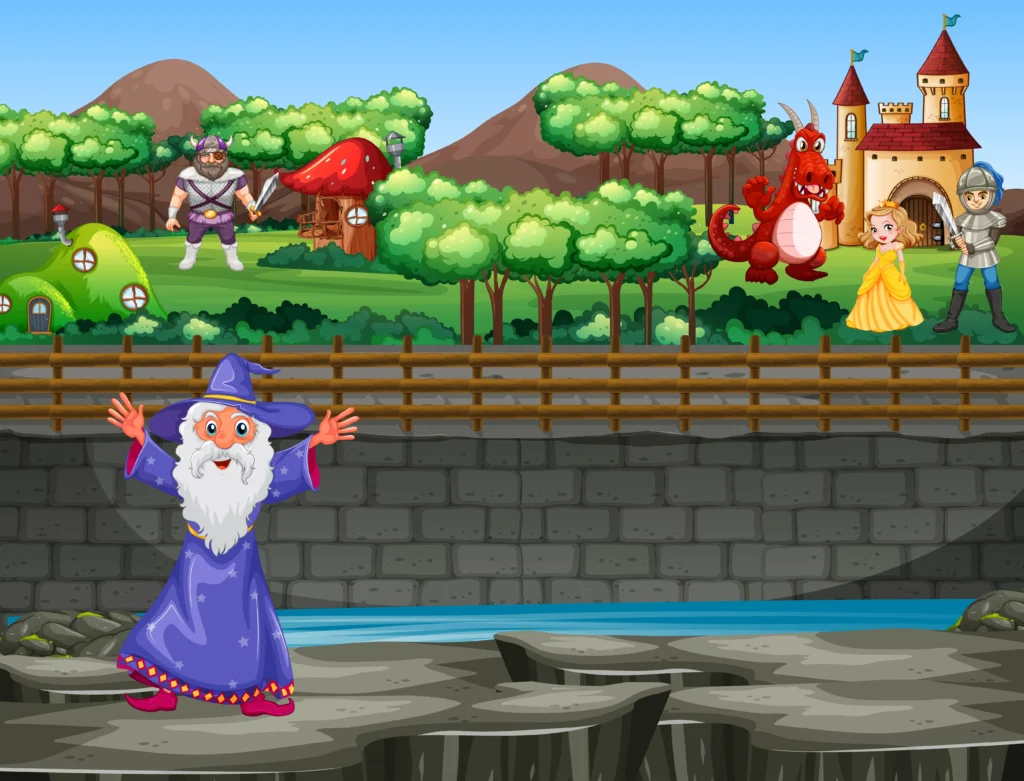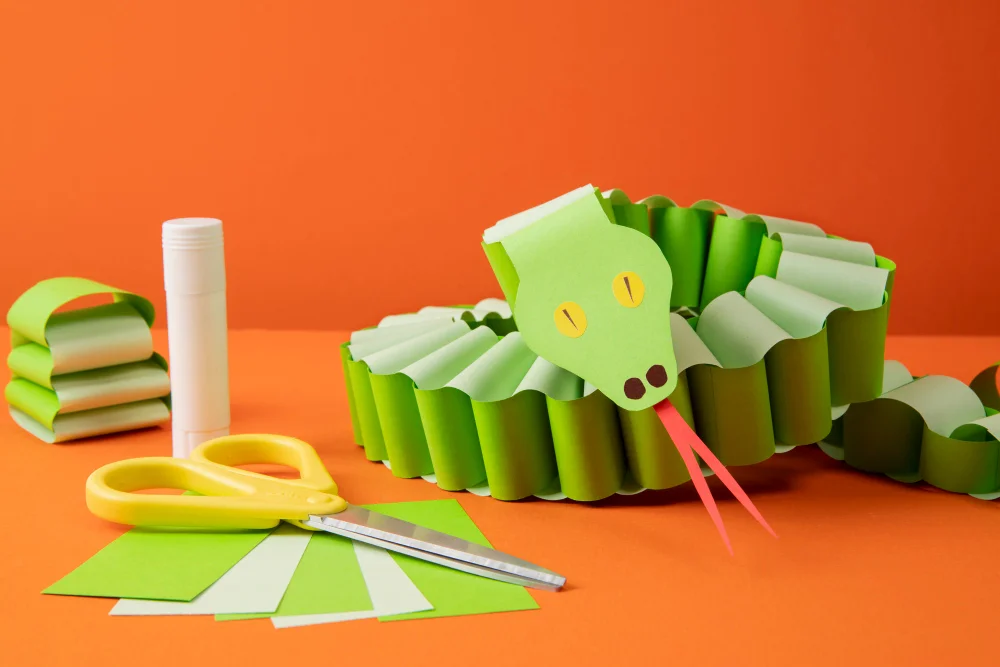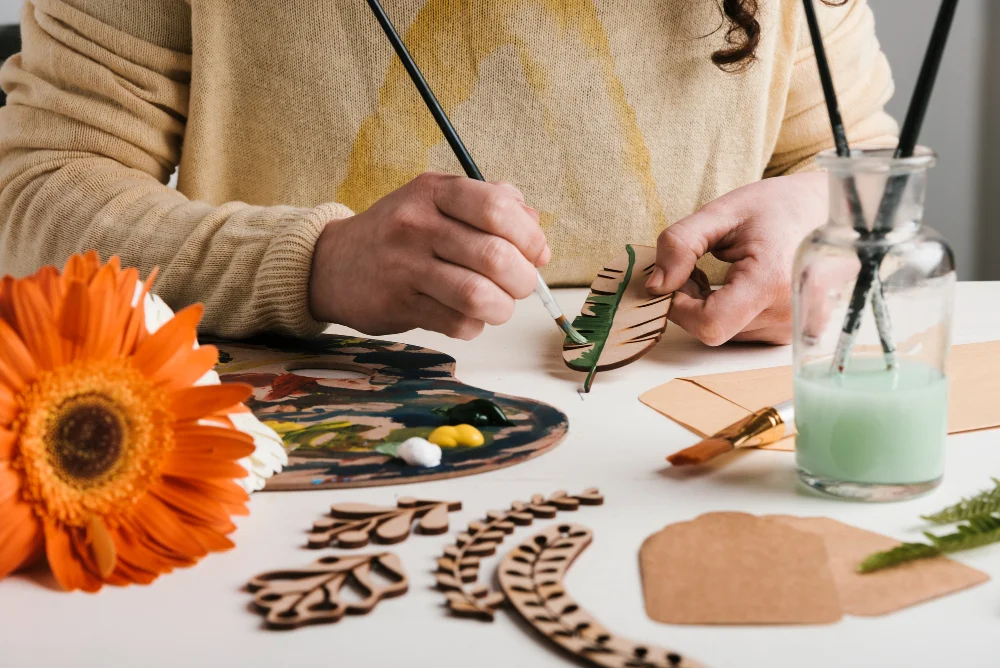Riddles for middle schoolers are more than just clever word puzzles; they’re powerful tools that make learning exciting and interactive. At this age, students are developing critical thinking skills, curiosity, and problem-solving abilities.
Riddles help them playfully explore logic and language while boosting focus and memory. When kids try to figure out tricky questions, they not only exercise their brains but also learn to think outside the box, which is an essential skill for academic and personal growth.
From logical brain teasers to creative wordplay, riddles encourage teamwork, confidence, and communication. In this guide, you’ll discover unique ideas, examples, and strategies to make riddles a meaningful and entertaining part of every middle schooler’s learning journey.
The Importance of Riddles for Middle Schoolers

Middle school is a time when students start to think more deeply and question the world around them. Riddles play a vital role in this stage because they challenge the brain in fun and unexpected ways. When children solve riddles, they learn how to connect clues, analyze words, and recognize hidden meanings all skills that strengthen logical and creative thinking.
Additionally, riddles make learning enjoyable by mixing education with entertainment. They break the routine of textbooks and encourage teamwork, laughter, and curiosity.
Whether shared in class or at home, riddles help students communicate ideas clearly and boost confidence as they uncover answers on their own. This simple activity can turn any learning environment into an exciting adventure of problem-solving and discovery.
How to Choose or Craft Good Riddles for Middle Schoolers
Creating or choosing riddles for middle schoolers requires a balance between fun and challenge. The best riddles are those that make students think critically without feeling frustrated. Always consider the age, vocabulary level, and interests of your students before selecting one.
A well-crafted riddle should have a clear question, subtle clues, and an answer that feels satisfying once revealed. When riddles are creative and age-appropriate, they keep learners curious and motivated to solve more.
Tips for Selecting the Right Riddles for Middle Schoolers
-
Pick riddles that match students’ understanding and avoid overly complex vocabulary.
-
Focus on riddles with wordplay or logic that encourage reasoning, not memorization.
-
Test riddles on a few students first to ensure they’re fun and fair.
-
Mix easy and tricky riddles to keep every student engaged.
-
Please encourage students to create their own riddles to build confidence and creativity.
Types of Riddles + Examples

Riddles come in many styles, each offering a unique way to challenge and entertain young minds. For middle schoolers, a mix of classic, logic-based, and wordplay riddles works best. These different types help students build reasoning skills, vocabulary, and creative thinking while keeping the experience fun.
Below are a few common types of riddles with straightforward explanations and examples to inspire your next classroom or family game session.
1. Classic “What Am I?” Riddles
These are the most familiar types of riddles and usually describe an object, animal, or concept mysteriously. Students must carefully interpret each clue to identify what’s being described.
For example, “I have hands but can’t clap. What am I?” The answer is “a clock.” This style improves observation and logical deduction, making it perfect for warm-up activities.
2. Wordplay or Pun Riddles
Wordplay riddles rely on double meanings, puns, or creative language twists. They teach students how words can have more than one interpretation and help them understand humour in language.
For example, “What has keys but can’t open locks?” The answer “a piano” demonstrates how riddles use everyday words in unexpected ways to spark laughter and insight.
3. Logic and Brain Teaser Riddles
Logic riddles require careful reasoning and step-by-step analysis. They encourage students to slow down, think critically, and test different possibilities before reaching an answer.
For instance, “The more you take, the more you leave behind. What am I?” The answer is “footsteps.” These riddles sharpen problem-solving and promote persistence.
4. Math or Number-Based Riddles
These riddles combine numbers and reasoning, making them great for math lovers. They often hide simple arithmetic within clever wording.
For example, “I am an odd number. Take away one letter, and I become even. What number am I?” The answer is “seven.” Such riddles turn math into a fun challenge that builds both logic and language skills.
5. Funny and Tricky Riddles
Funny riddles are great for light-hearted moments and laughter. They blend humor with quick thinking, keeping students relaxed and curious.
For example, “Why did the student eat his homework?” The answer is “Because the teacher said it was a piece of cake!” These riddles relieve stress, encourage imagination, and make learning more enjoyable.
Benefits of Solving Riddles for Growing Minds
Solving riddles helps middle schoolers strengthen their brains while enjoying the process. Each puzzle encourages logical thinking, builds patience, and boosts memory.
By interpreting clues and finding hidden meanings, students sharpen their reasoning and creativity. Whether used in class or at home, riddles nurture curiosity and turn problem-solving into an enjoyable learning habit.
Key Benefits of Riddles for Students
-
Improve logical reasoning and analytical skills through active problem-solving.
-
Strengthen memory and concentration while exploring new challenges.
-
Encourage teamwork and communication when solving in pairs or groups.
-
Build creativity by teaching students to see problems from multiple angles.
-
Enhance confidence as learners successfully solve or create riddles on their own.
How to Use Riddles in the Classroom or at Home
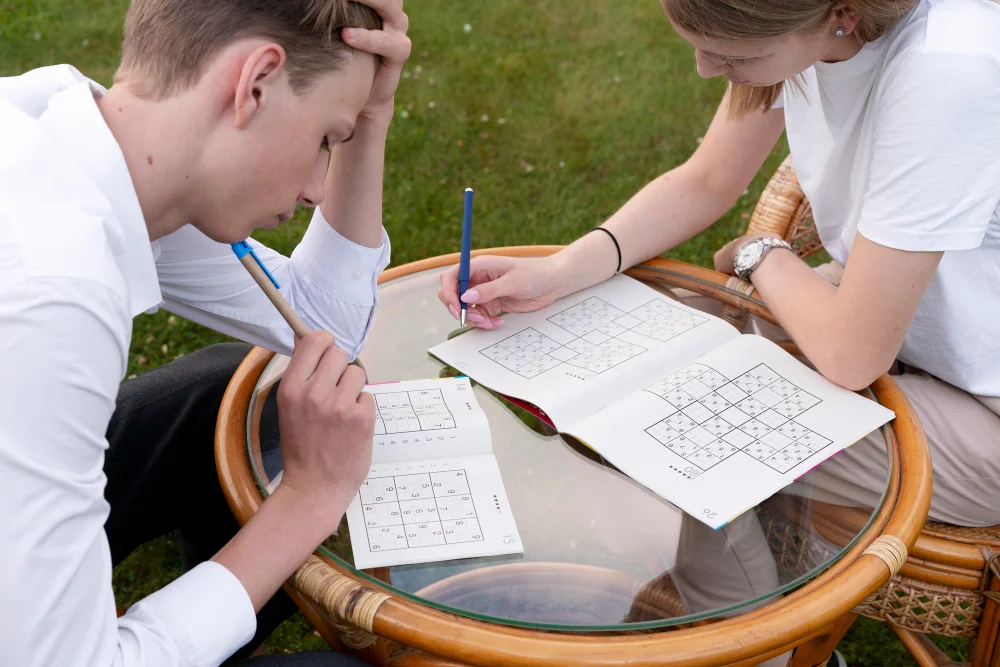
You might wonder, “Okay, I have riddles, how do I integrate them effectively?” Here are two paragraphs of detailed guidance, then two paragraphs with bullet tactics.
First, use riddles as warm-up activities. At the start of class, project or read a riddle. Let groups of 3–4 students discuss their thoughts for a minute, then share. This builds curiosity, activates thinking, and transitions into the main lesson.
Second, use riddles as brain breaks or transitions. When students feel fatigued or restless, insert a quick riddle. It resets focus without being off-topic. Over time, students come to enjoy the break and look forward to the challenge.
Encouraging Students to Create Their Own Riddles
Encouraging middle schoolers to create their own riddles inspires imagination, confidence, and critical thinking. When students build puzzles themselves, they learn how words, logic, and clues work together to create meaning.
This process strengthens writing and comprehension while turning learning into a fun creative activity. It also gives students a sense of pride as they challenge classmates and see their ideas come to life.
Ways to Motivate Students to Make Riddles
-
Start a weekly “Riddle Creator Challenge” to let students share their best puzzles.
-
Provide themes such as animals, school life, or seasons to spark ideas.
-
Pair students to collaborate on creating and solving each other’s riddles.
-
Display student-created riddles on a classroom board or newsletter.
-
Offer small rewards or recognition to celebrate creative and clever riddles.
Bonus Strategies & Tips: Riddles for Middle Schoolers
First, encourage explanation, not just an answer. After a student answers, ask them to explain how they arrived at their conclusion. That dialogue reveals their reasoning and helps others learn.
Second, link riddles with curriculum topics. For example, in science class, use riddles about the elements, planets, or body systems. In math, pose numeric or pattern riddles. That integration reinforces both domain knowledge and critical thinking.
Third, track riddle progress. Maintain a “riddle journal” where students record riddles they solved, ones they created, and reflections on what made them tricky. Over weeks, students will see their growth.
Conclusion: Riddles for Middle Schoolers
Riddles are more than entertainment; they are tools for developing logic, creativity, vocabulary, and reflective thinking. For middle schoolers, well-chosen riddles fit their cognitive growth and provoke joyful “aha” moments.
Use the structural guidance above to pick, craft, and integrate riddles into your everyday teaching or parenting routine. Over time, students will shift from solving to creating riddles themselves an excellent sign of deep engagement and growth.
